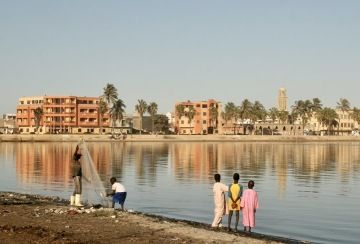A brief history of Senegal
June 12, 2023


Senegal has a rich and varied history. The first inhabitants of Senegal were probably descendants of hunter-gatherers who settled in the area more than 10,000 years ago.
In the 11th century, Senegal became part of the Islamic empire of Mali, which controlled much of West Africa. Mali was known for its culture, trade and education. In the 13th and 14th centuries, two more powerful empires emerged in Senegal: the Jolof and the Songhai. These empires competed for control of the area and fought against European colonizers who began arriving in the 15th century.
In the 15th century, the Portuguese discovered this territory, later they were joined by the French, the Dutch and the British. These countries established trading ports on the coast of Senegal, from where they exported slaves, gold, ivory and other goods to Europe and America. Senegal became one of the centers of the Atlantic slave trade, which lasted until the 19th century. From about 1840, the French began to reach the interior and incorporated Senegal into their colony. With the reform of 1904, Senegal became part of French West Africa. After World War II, Senegal became an overseas territory of France.
In the 20th century, Senegal began to seek independence from France. It became an autonomous republic within the French Community in 1958 and declared full independence in 1960. On April 4, 1960, Senegal became an independent state under the leadership of the first president, Léopold Sédar Senghor.
Senegal has gone through several political changes and conflicts since its independence. In 1982, it attempted to form a confederation with The Gambia, but this ended in 1989. A separatist insurgency has been ongoing in the southern region of Casamance since 1982, claiming thousands of lives. Senegal also faced economic problems, drought, poverty and corruption.
Despite these challenges, Senegal is considered one of the most stable democracies in Africa. It has a multi-party system, free elections, a strong civil society and an active media.
